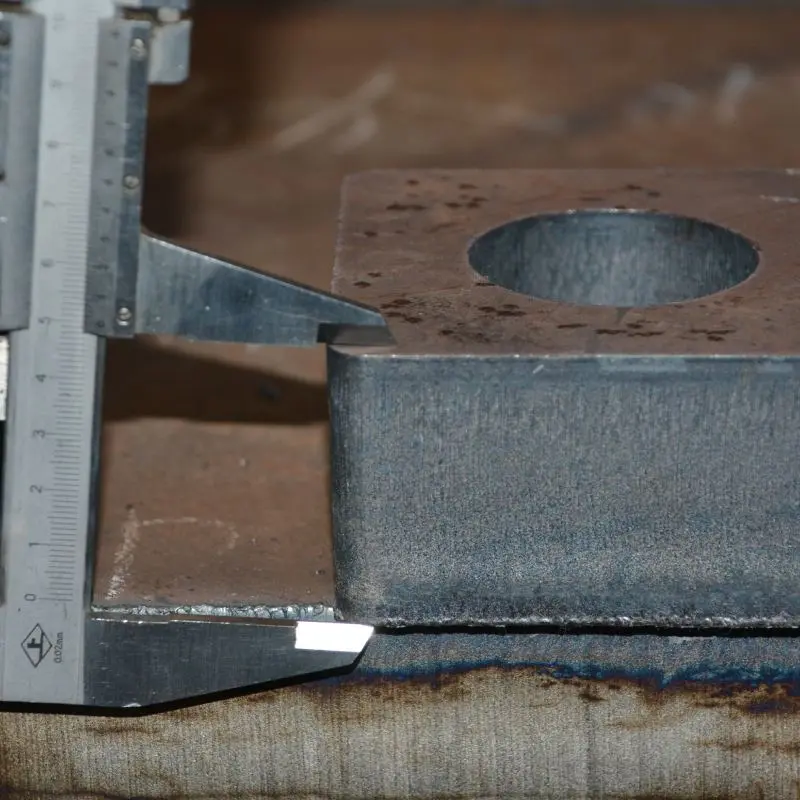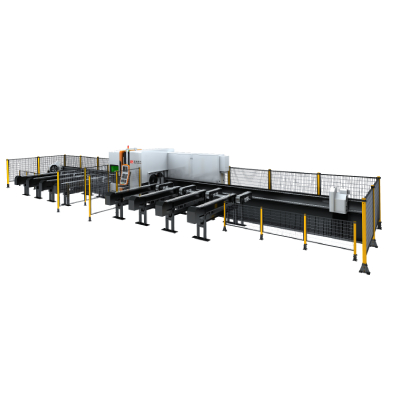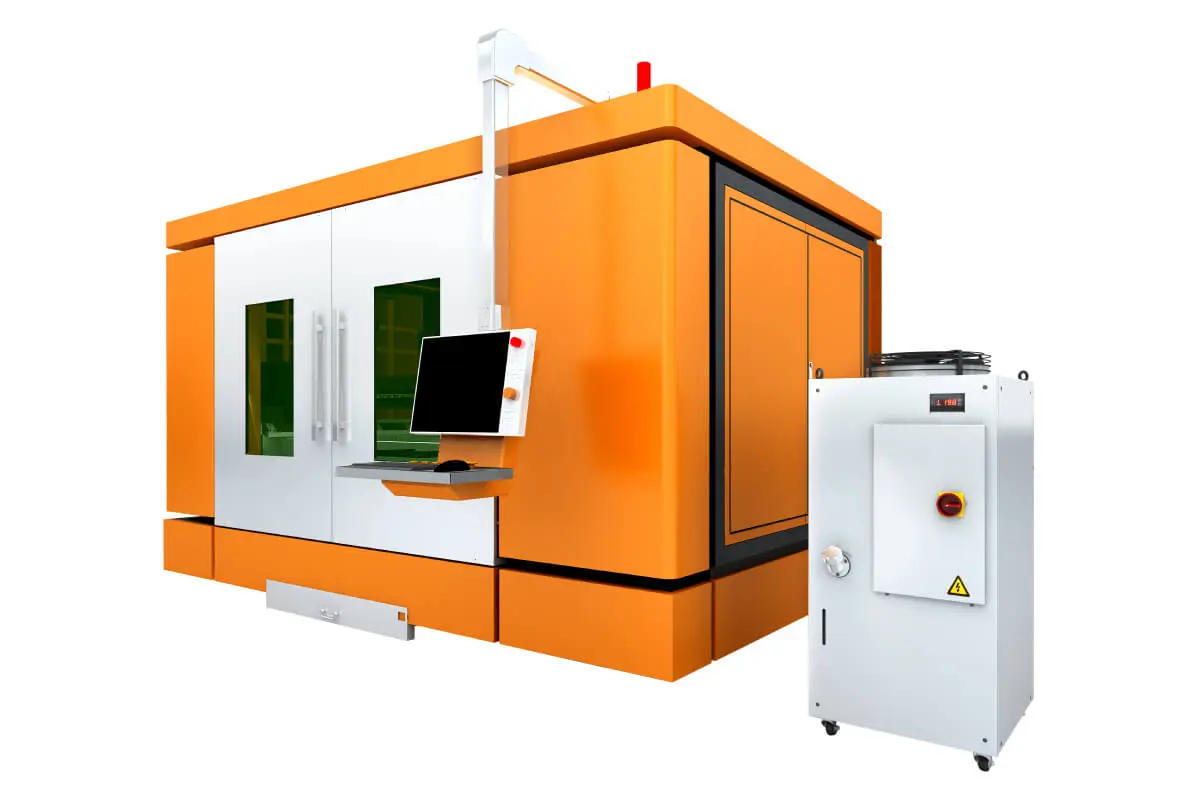In 2018, the landscape of manufacturing and design underwent a significant transformation with the integration of laser cutting technology. Laser cutting machines, known for their precision and efficiency, have revolutionized various industries by offering unparalleled cutting capabilities. This article delves into the advancements in laser cutting machines during 2018, exploring their diverse applications and the impact on the manufacturing sector.

The Advancements and Applications of Laser Cutting Machines in 2018: Transforming Industries with Precision Technology
Laser cutting technology is a process that uses focused beams of light to slice through materials such as metal, wood, plastic, and fabric. The precision of this technology is unmatched compared to traditional cutting methods, allowing for intricate designs and quick turnaround times. In 2018, several key developments emerged in laser cutting machines, making them more accessible and effective than ever before.
One of the most notable advancements in 2018 was the improvement in laser technology itself. The introduction of fiber lasers, which utilize a solid-state laser source, became more prevalent. Fiber lasers, known for their efficiency and ability to cut through a wide range of materials, gained popularity in industries that previously relied on CO2 lasers. This shift was significant because fiber lasers offered lower operational costs, reduced maintenance, and increased cutting speed without compromising quality.

The Advancements and Applications of Laser Cutting Machines in 2018: Transforming Industries with Precision Technology
Additionally, in 2018, manufacturers began integrating automation and smart technology into laser cutting machines. The implementation of Industry 4.0 principles led to a surge in smart factories where machines could communicate with one another. This connectivity allowed for real-time monitoring and adjustments during the cutting process, resulting in minimal waste and maximum efficiency. Such innovations enabled companies to streamline production processes and enhance overall operational efficiency.
The application of laser cutting machines in 2018 also expanded beyond traditional industries. While metal fabrication has long been a staple user of laser cutting technology, sectors such as fashion and interior design began to embrace it. Designers started utilizing laser cutting for creating intricate patterns and designs in fabrics and materials, allowing for unique and personalized products that resonate with consumers. Home décor items with precise laser-cut designs became increasingly popular, showcasing the versatility of laser cutting technology in creative industries.
Furthermore, the automotive sector saw a significant enhancement in laser cutting applications in 2018. The ability to cut and engrave intricate designs on automotive parts allowed manufacturers to reduce weight while improving performance. Laser cutting machines were employed to produce components that required tight tolerances, ensuring that vehicles met safety standards without compromising on aesthetics.
The aerospace industry also benefited from laser cutting technologies. In 2018, manufacturers adopted laser cutting to fabricate parts that demand high precision and reliability. The reduction of manufacturing tolerances enabled by laser cutting resulted in more efficient aircraft components, which ultimately contributed to safer and more fuel-efficient flight operations.
Moreover, 2018 witnessed an increased interest in sustainable manufacturing practices. Laser cutting machines played a vital role in this movement by minimizing material waste. The accuracy of laser cutting reduces scrap material, and manufacturers could optimize material utilization. In industries where environmental concerns are paramount, this technology provided companies with a practical solution to meet their sustainability goals while maintaining productivity.

The Advancements and Applications of Laser Cutting Machines in 2018: Transforming Industries with Precision Technology
Despite the many advantages, there were challenges that manufacturers faced in adopting laser cutting technology. The initial investment for high-quality laser cutting machines could be substantial, especially for small to medium-sized enterprises. Despite this hurdle, the long-term benefits, including reduced labor costs and increased precision, often outweigh the upfront costs.
In conclusion, 2018 was a landmark year for laser cutting machines, marked by significant technological advancements and broader applications across industries. The transition to fiber lasers, integration of automation, and the exploration of new markets showcased the innovation within the laser cutting segment. Companies that embraced these technologies not only improved their efficiency and product quality but also positioned themselves as leaders in the competitive manufacturing landscape. As we move forward, it’s clear that laser cutting technology will continue to evolve, driving new opportunities and shaping industries for years to come. Fiber Laser Cutting Machine For Metal Plate



